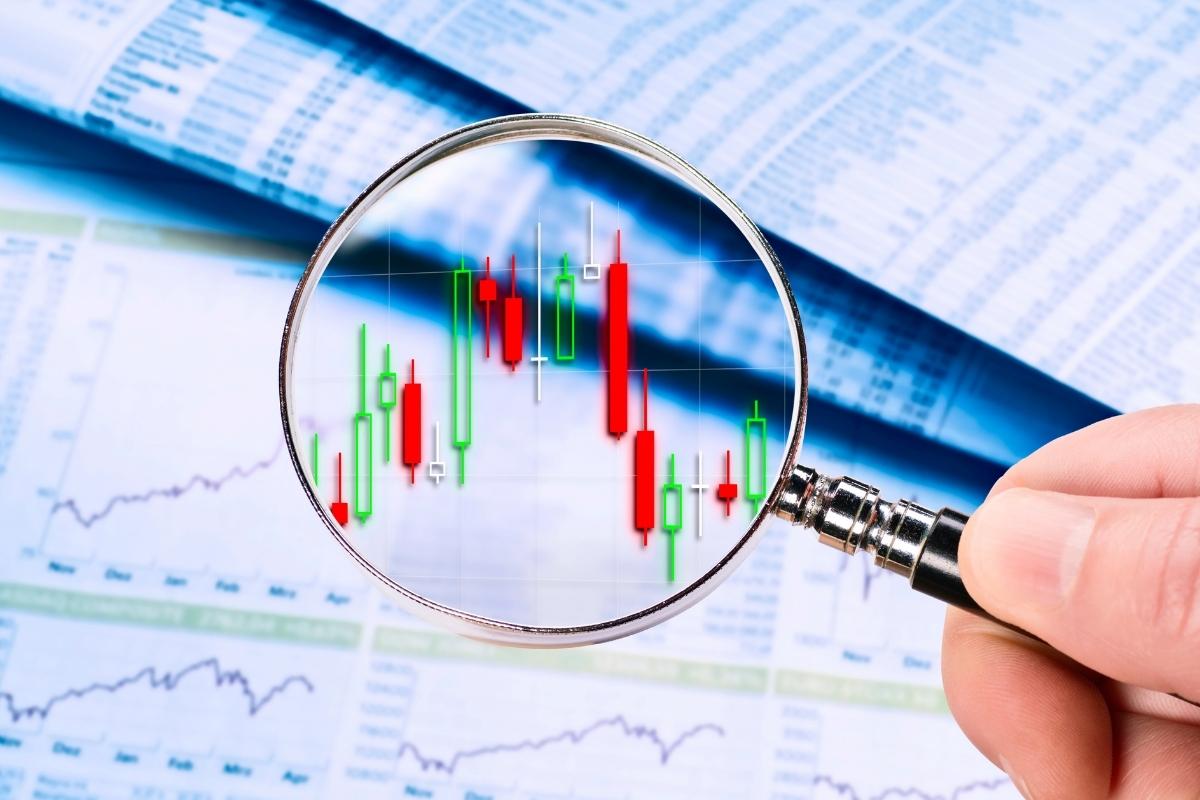
Volatility is a key concept in investing and trading, reflecting how much an asset’s price can fluctuate over a given period. High volatility signals rapid price changes, which can present both opportunities and risks for investors. On the other hand, low volatility indicates more stable price movements, offering a sense of predictability in market behavior. Understanding volatility is essential for making informed decisions and managing risk effectively in financial markets.
Volatility can be found in various types of assets, from stocks and bonds to cryptocurrencies. High-volatility assets usually offer the potential for significant profits but also carry higher risks of losses. Understanding volatility is a crucial step for investors and traders to make smarter and safer decisions.
Read more: Whale in Crypto, How Big Investors Move the Market
Types of Volatility
Generally, volatility is divided into two types:
- Historical Volatility: Measures price fluctuations that have occurred in the past. This data helps investors understand price patterns and potential risks for the future.
- Implied Volatility: Refers to the estimated future volatility derived from option prices. Traders often use implied volatility to determine trading strategies, especially in derivative markets.
Additionally, volatility can be categorized based on the time frame of measurement, such as daily, weekly, or annual volatility. Each provides a different perspective for investors in assessing risk.
Impact of Volatility on Investments
Volatility plays a key role in risk management. Investors who understand volatility can determine safer investment strategies, such as diversifying their portfolios or using hedging instruments. On the other hand, short-term traders often capitalize on high volatility to profit from price fluctuations.
However, high volatility does not always mean profit opportunities. Markets with extreme volatility can cause significant losses if investment decisions are not made carefully. Therefore, risk management and understanding market dynamics are crucial when dealing with volatility.
Factors Influencing Volatility
Several factors affect the level of volatility, including:
- Economic and Political News: Significant events can trigger rapid market reactions.
- Market Liquidity: Less liquid markets tend to be more volatile as prices can change drastically with small transactions.
- Investor Sentiment Shifts: Uncertainty or speculation can often cause asset prices to fluctuate rapidly.
In addition to external factors, the characteristics of the asset itself also influence volatility. For example, tech stocks and cryptocurrencies are generally more volatile than utility stocks or government bonds.
Read more: Bitcoin’s Price Journey from Its Beginnings to All-Time High
Conclusion
Understanding what volatility is forms an essential foundation for success in investing and trading. By knowing its types, factors, and impacts, investors can adjust strategies and manage risks more effectively. Whether for long-term investments or short-term trading, understanding volatility helps navigate market fluctuations with greater confidence.
Ready to invest smarter? Download Mobee now for easy access to a variety of digital asset trading and investment products with controlled risk.












%201.png)


